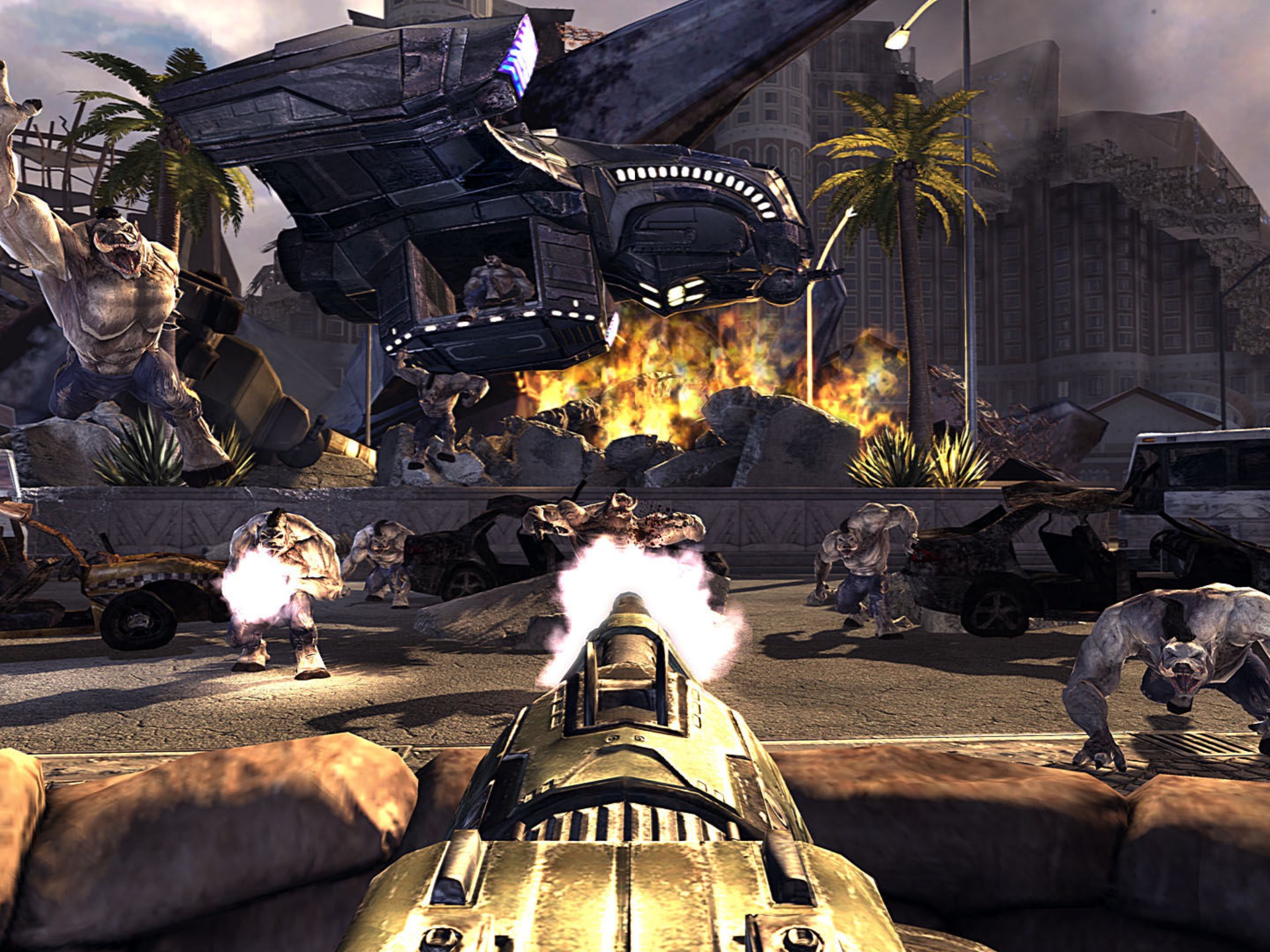Title: The Asphalt Canvas: How the 'Car Rental Return Sign Installer Simulator VR' Place Missions Update Redefines Immersive Realism
The virtual reality landscape is perpetually evolving, pushing beyond the boundaries of high-octane shooters and fantastical RPGs into the surprisingly compelling realm of hyper-specialized job simulators. Among these, a peculiar gem has been steadily building a cult following: Car Rental Return Sign Installer Simulator VR. Initially celebrated for its oddly satisfying, methodical gameplay, the experience has just received its most significant expansion yet: the Place Missions Update. This isn't just a handful of new levels; it's a foundational shift that transforms the game from a simple simulator into a profound exploration of space, precision, and quiet artistry.
For the uninitiated, the core premise of the game is exactly what the title promises. Players step into the steel-toed boots of a technician tasked with installing and maintaining the large, overhead signs that guide countless travelers to their chosen rental car company at airports worldwide. The base game excelled at the "Installer" part—the tactile joy of using virtual tools, assembling heavy metal components, and operating a hydraulic lift to dizzying heights. The new Place Missions Update, however, focuses on the often-overlooked first step: the art of perfect placement.
The Philosophy of Placement: More Than Just a Dot on a Map
Prior to the update, sign locations were predetermined. The game would present an empty lot or a terminal roadway, and a glowing hologram would indicate exactly where to build. The challenge was purely in the construction. The Place Missions Update removes that guiding hand. Players are now given a contract—e.g., "Ensure maximum visibility for arrivals from both the main terminal access road and the parking garage exit"—and a vast, open area of the airport's vehicular maze.
This shift is revolutionary. It demands a new skillset: spatial reasoning, predictive analysis, and a deep understanding of human behavior. You are no longer a simple technician following a blueprint; you are an urban planner, a behavioral psychologist, and an artist.
Equipped with a new suite of virtual tools, the player must survey the site. The VR Tape Measure becomes your best friend, allowing you to gauge distances between curbs, road lanes, and existing structures. The Line-of-Sight Tool is arguably the most crucial addition. It projects a cone of light from a potential sign location, visually representing the sightlines of a driver. You quickly learn that a sign placed ten feet too far to the left might be completely obscured by a light pole for an entire lane of traffic. A sign placed too low might be missed by drivers in elevated SUVs, while one placed too high could vanish against the bright sky.
The New Mission Structure: A Test of Wits and Patience
The update introduces a series of progressively complex missions that test your placement prowess:
-
The Efficiency Expert: Your goal is to minimize the number of new signs needed by finding a single, optimal location that serves multiple traffic flows. This mission type feels like solving a complex puzzle, often requiring you to spend minutes just walking the virtual tarmac, visualizing traffic patterns.

-
The Obstacle Course: The airport environment is filled with challenges. You must place your sign while avoiding existing infrastructure—airport signage, light fixtures, tree canopies, and even the flight paths of boarding bridges. The game’s physics engine ensures that an ill-conceived placement that clashes with a service vehicle’s route will result in a failed mission.
-
The Aesthetic Consultant: In a brilliant twist, some contracts now include aesthetic guidelines from the airport authority. You must choose from different sign designs and place them in a way that ensures visibility without cluttering the architectural harmony of the terminal. It adds a layer of soft, diplomatic challenge to the otherwise technical task.
The VR Difference: Embodied Learning
This update truly shines because it’s in VR. The sense of scale is everything. Looking up from the driver’s perspective at a sign you’ve placed 30 feet in the air is a profoundly different experience than seeing it on a flat screen. You feel the distance. Crouching down to see the sightline from the window of a compact car, then standing up to check the view for a van driver, is an intuitive process that leverages the full potential of immersive technology. You develop a real, embodied understanding of ergonomics and visibility that feels genuinely educational.
The Unexpected Zen of Logistics
What Car Rental Return Sign Installer Simulator VR has always done well, and what the Place Missions Update perfects, is its cultivation of a zen-like state. There is no time limit, no enemy to defeat. The only antagonist is inefficiency. The satisfying click of the tape measure, the gentle hum of the lift, the final placement of a sign that perfectly catches the eye from every necessary angle—it’s a recipe for a uniquely calming and rewarding form of gameplay. It’s a game about creating order from chaos, about leaving a digital space more functional and organized than you found it.
The Place Missions Update is a masterclass in how to expand a game meaningfully. It doesn’t just add more content; it adds deeper meaning to the original premise. It challenges the player to think, plan, and see the world through a different lens—the lens of someone who shapes our environment, often invisibly, to make our real-world journeys just a little bit smoother. It transforms a quirky simulator into a thoughtful, engaging, and unexpectedly profound VR experience.


















